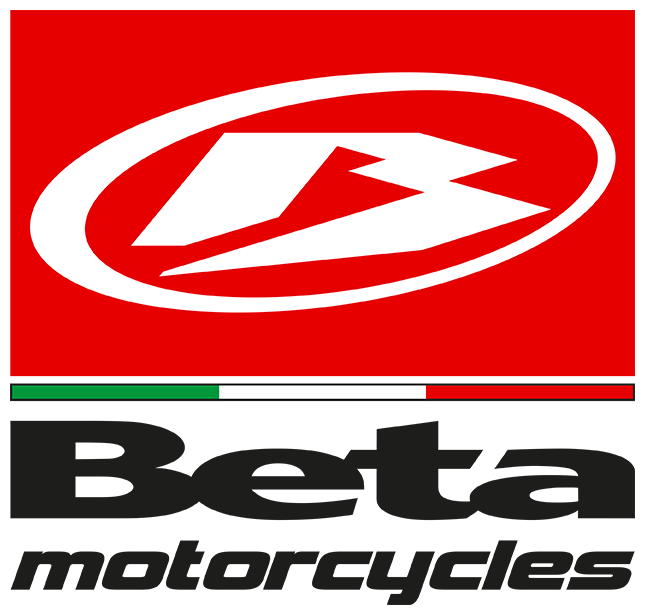WRITE TO US



ENGINE RR 4T RACE 390 MY 2025
All four-stroke Race models receive new crankcases, derived from the engine used on the RX 450. The main benefit deriving from the use of this new component lies in the smaller size and lighter weight compared to the previous model.
Aesthetically sleeker, the new four-stroke Race MY 2025 engine now leaves more space for the exhaust passage as well, facilitating installation, removal or replacement operations.

RR 4T RACE 390 MY 2025
New features for all models






WRITE TO US